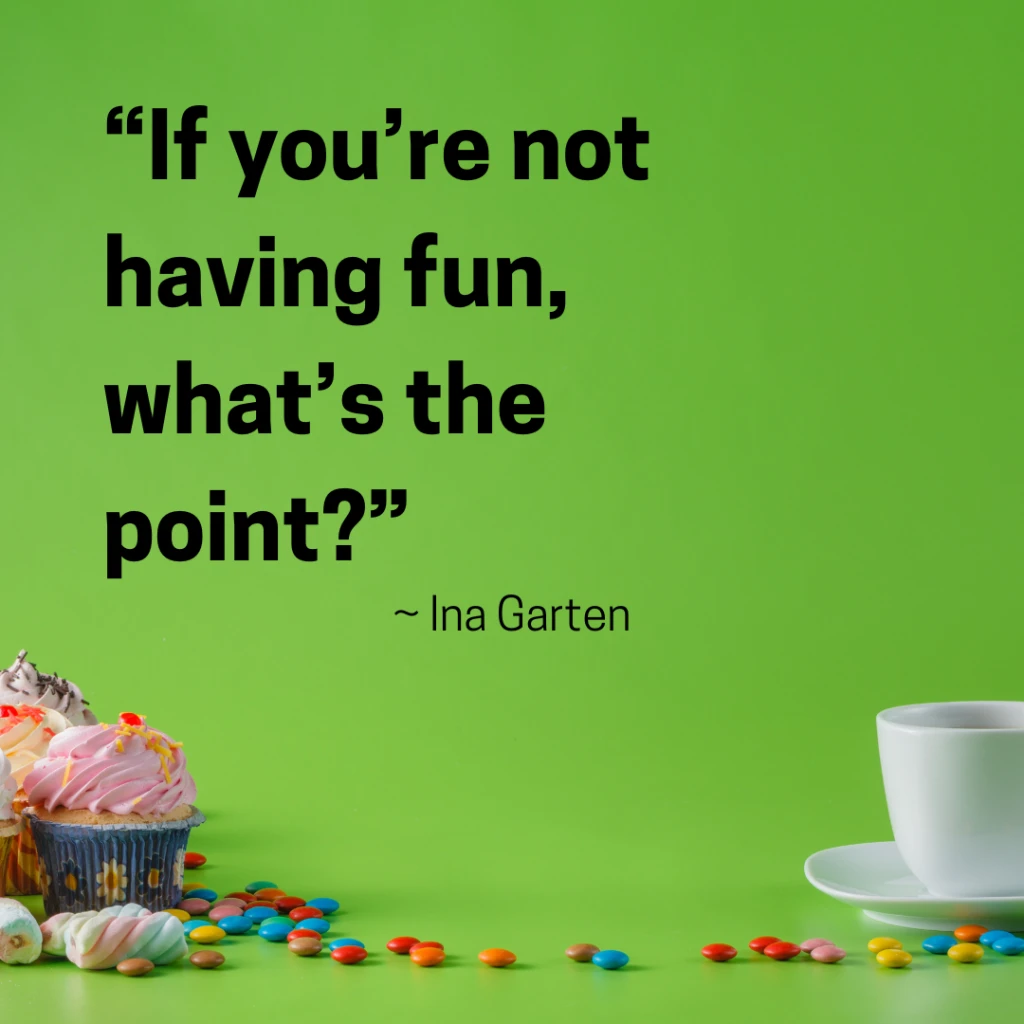It’s not lost on anyone that LinkedIn is a very different social media platform and stands apart from it’s peers. If Facebook were a cocktail party or Twitter a 256-character poetry slam, then LinkedIn is a meet-and-greet networking function at your global Chamber of Commerce. Different rules apply to LinkedIn content. Whether you’re selling your services or trying to put your best foot forward as a job seeker, there are a few guidelines to follow that will help you avoid the pitfalls that might embarrass you down the road.
Be Polite: Manners are about making the people you’re with feel respected and can make your interactions more memorable. Other platforms are very casual, but on LinkedIn it’s better to say ‘please’ and ‘thank you’. Be more formal in your writing and avoid conversational tones in public conversations.
Example: Say ‘Hello’ instead of ‘Hey’ or not including a salutation at all. Always say ‘please’ and ‘thank you’.
Follow the ‘Dinner Table Rules’: Politics and religion are hot buttons in organizations because they can, intentionally or accidentally, drive a wedge between people. Think of your LinkedIn profile like a dinner party with a beloved relative who just so happens to be 180 degrees opposite of you on every issue or opinion. Just as you’d avoid topics there, avoid them on LinkedIn.
Example: If you think your HR manager would not like you posting what you’re about to say in the break room bulletin board – don’t post it.
Be Generous: Social media is about sharing, so share your thoughts and opinions. This means creating content and commenting on others posts. Keeping the previous comments in mind however, if you disagree do it politely and offer feedback in the form of questions. This makes it an opportunity to learn and perhaps consider alterative viewpoints rather than an attack. If it’s a topic that gets you fired up, take time to cool down before posting or just scroll on and let it go. LinkedIn should be a drama free zone.
Example: A co-worker posts a professional article that you don’t agree with. Instead of posting that they’re wrong, try asking how they came to have that viewpoint. Better yet, just scroll on and agree to disagree.
Be Grateful: Thank the people who interact with you. This simple act can brighten someone’s day and it feels good too. Take a moment to acknowledge someone who’s done you a favor.
Example: A former supervisor writes an endorsement for you. Take a few minutes to send them a direct message thanking them for spending the time writing it
The key to making LinkedIn a platform for your ideas is making it a place for civil interactions. This starts and ends with each member doing their part by acting professionally and with kindness. Working together, we can build a social network that we want to use.


